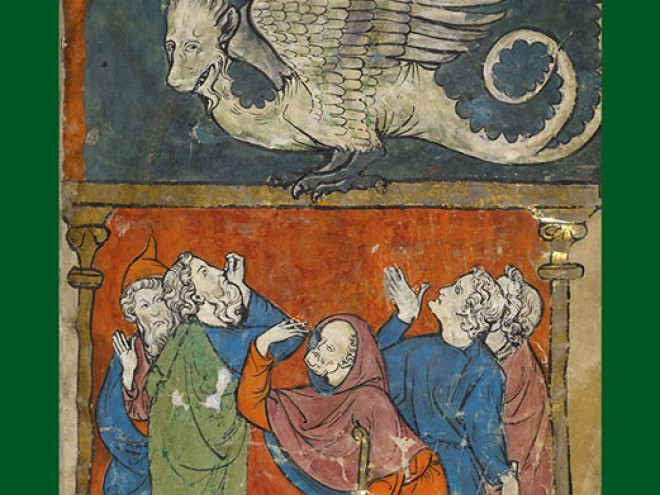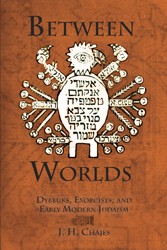The city of Safed (pronounced Tzafat), perched on a mountain top in northern Israel, has captivated imaginations for centuries. Understood to be the epicenter of Judaism’s mysticism movement, The Legend of Safed: Life and Fantasy in the City of Kabbalah, by Eli Yassif, is a close reading of the folklore that surrounds this ancient city. The author concentrates his studies around the year 1600, when Isaac Luria and his disciple Hayyim Vital developed the foundations of Lurianic Kabbalah.
Yassif, a professor emeritus of Hebrew Literature and Jewish Folklore at Tel Aviv University, explores these legends with the goal of understanding the thoughts and feelings of the average person who lived in Safed during its most vibrant period. Utilizing the New Historicism approach, the author strives “to identify the human beings, the human voice behind the ‘great’ historical and spiritual events.”
The Legend of Safed is divided into seven chapters. The author quotes generously from primary sources and offers detailed analysis, often supported by additional original sources, to bolster his arguments. Each chapter adds another layer to the author’s multifaceted picture of Safed as both a world of mystical religiosity and mundane, often gloomy, reality. Taken as a whole, Yassif offers a well-documented analysis of the complexity of life in Safed in the 1600s.
Chapter two, titled The Myth and Its Disenchantment, shares a legend about an interchange between Rabbi Ya’akov Abulafia, a renowned halakhic authority, and Rabbi Isaac Luria. Before setting out on a fundraising trip to Egypt, Abulafia seeks a blessing from Luria, who foretells that Abulafia’s journey is for a purpose beyond fundraising. During his return to Safed, Abulafia sees fellow travelers transformed into oxen and returns to Luria for an explanation. Abulafia is presented as unable to comprehend the significance of his experience or its religious character. Luria proceeds to explain that the transformation was divine punishment for shaving off one’s sidelocks and that Abulafia’s continued prayer would relieve these sinners from punishment. Yassif understands this legend to be one of many that speak to the tension been the kabbalist and halakhic movements in Safed, ultimately designed to show the primacy of Isaac Luria, his disciples, and the mystical movement.
The Legend of Safed is a complex work, which demands both a careful reading of the quoted legends and the authors in depth explication. The author’s analysis concludes by likening the tension found in Safed circa 1600 to that of the Zionist movement and Israel today; the author also parallels the contradictions of 400 years ago to modern Safed. In today’s Safed “the members of the mystical-religious sects make considerable use of the services offered by the modern city,” the author reminds us. This blending, he suggests, is written into the DNA of the city, and make it as compelling a destination in the modern period as it has been for centuries.





